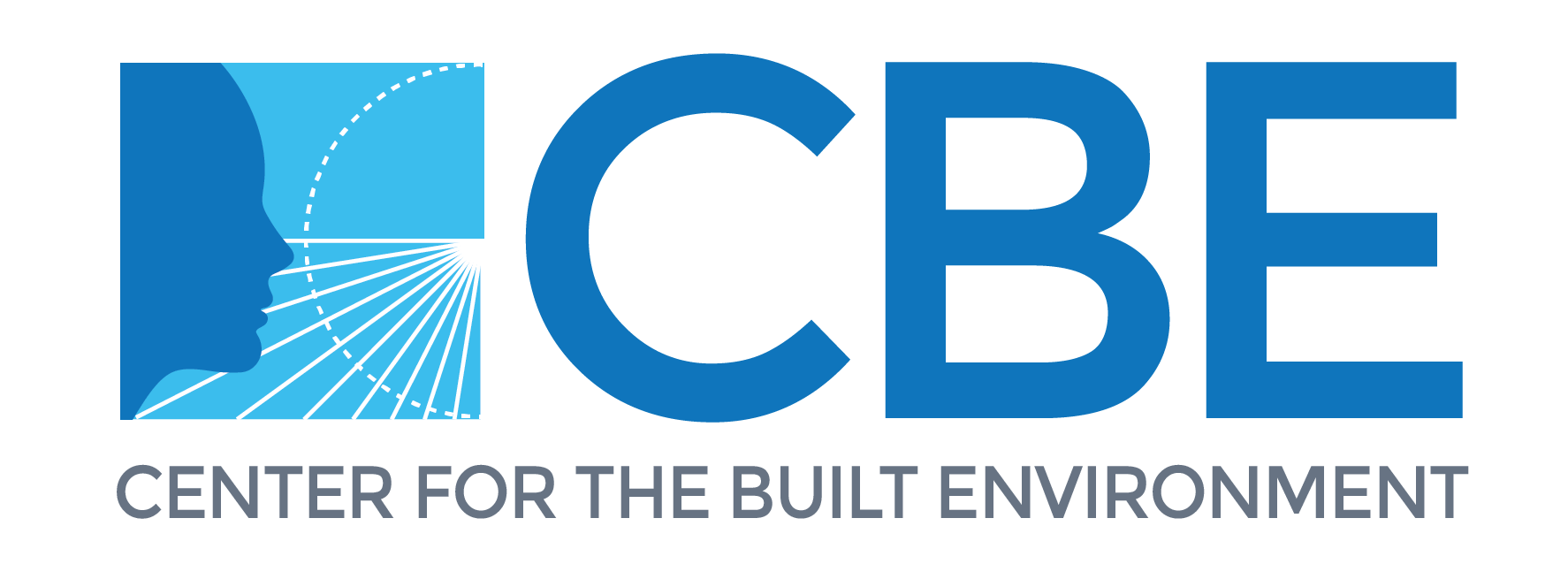Please visit the individual pages below to view videos and slide decks from these events.
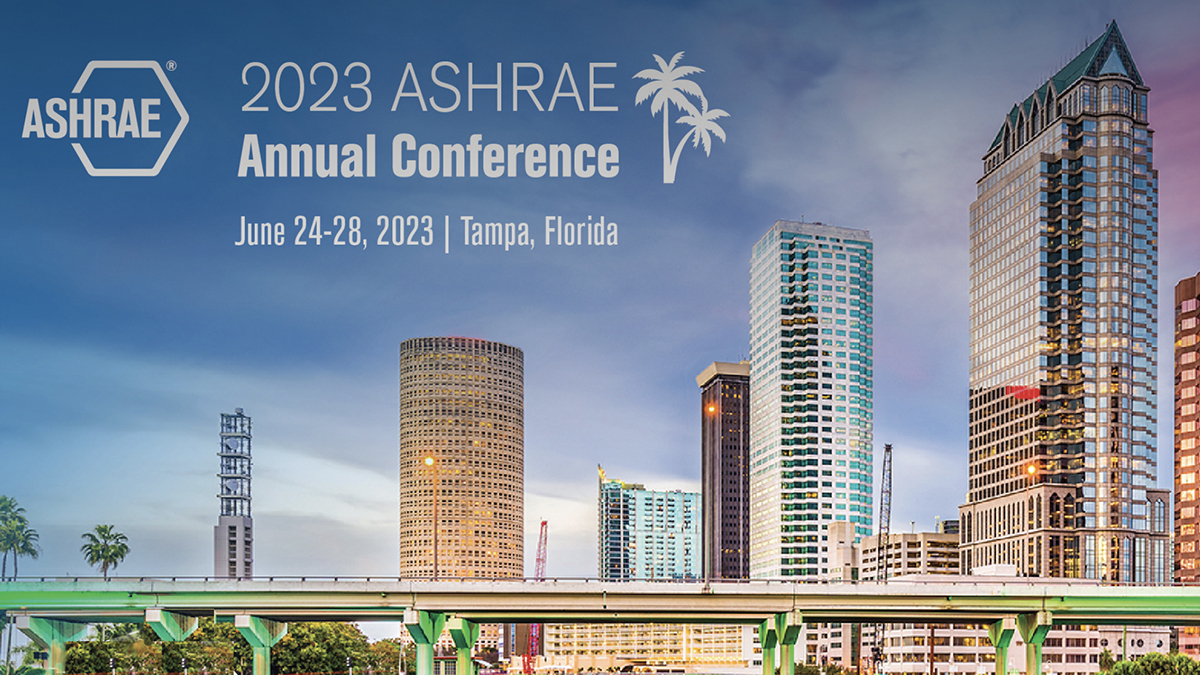
CBE Research Featured in ASHRAE Tampa Conference, June 25th
June 25, 2023
Dr. Carlos Duarte led a seminar, Overview of High Thermal Mass Radiant Systems as part of a seminar on’ Thermally Active Buildings: A Resilient Future.’ He also hosted a poster presentation on the Field Demonstration of the Brick Ontology to Scale up the Deployment of ASHRAE Guideline 36 Control Sequences. Dr. Aki Nomoto presented on a Field Study of Thermal Infrared Sensing for Office Temperature Control, research completed in collaboration with CBE partner Daikin and LBNL.
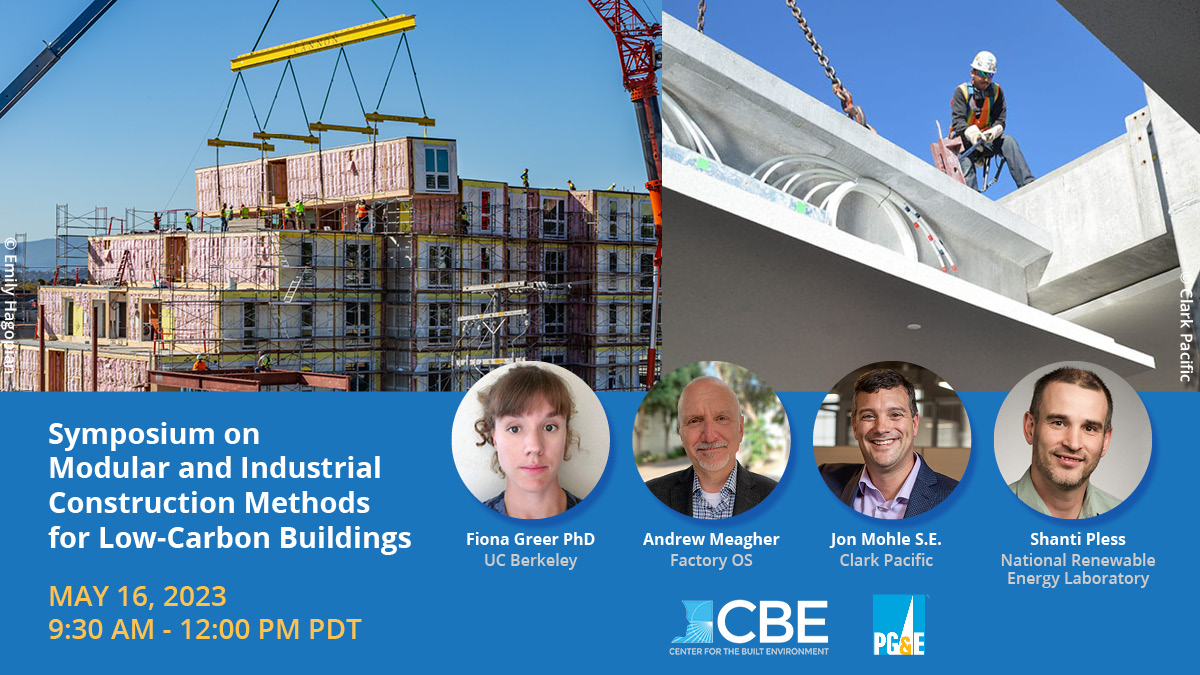
Symposium on Modular and Industrial Construction Methods for Low-Carbon Buildings
May 16, 2023
Modular and industrial construction methods offer many advantages compared to traditional construction, and are being rapidly adopted and driving innovation, including ways to rapidly reduce greenhouse-gas emissions. This symposium includes expert industry practitioners who are involved in developing and implementing industrialized buildings, and researchers who are leading advanced studies to better understand the potential of these innovations for decarbonizing the built environment.

2023 ASHRAE Winter Conference
February 4, 2023
Paul Raftery presented new findings on distribution losses in heating hot water systems in large commercial buildings; Patrick Wendler presented temperature stratification, performance and myths surrounding heating hot water systems; and Akihisa Nomoto presented research on CO2 occupant emission rates in an office setting.

Using Data Science to Decarbonize the Built Environment
November 16, 2022
Using massive data sets, combined with and automatic analysis and interpretation of data, we can understand problems, set achievable goals, and monitor progress towards these goals. This session featured industry leaders, from companies large and small, who are applying data science in new and innovative ways to mitigate climate change effects that result from our built environment.
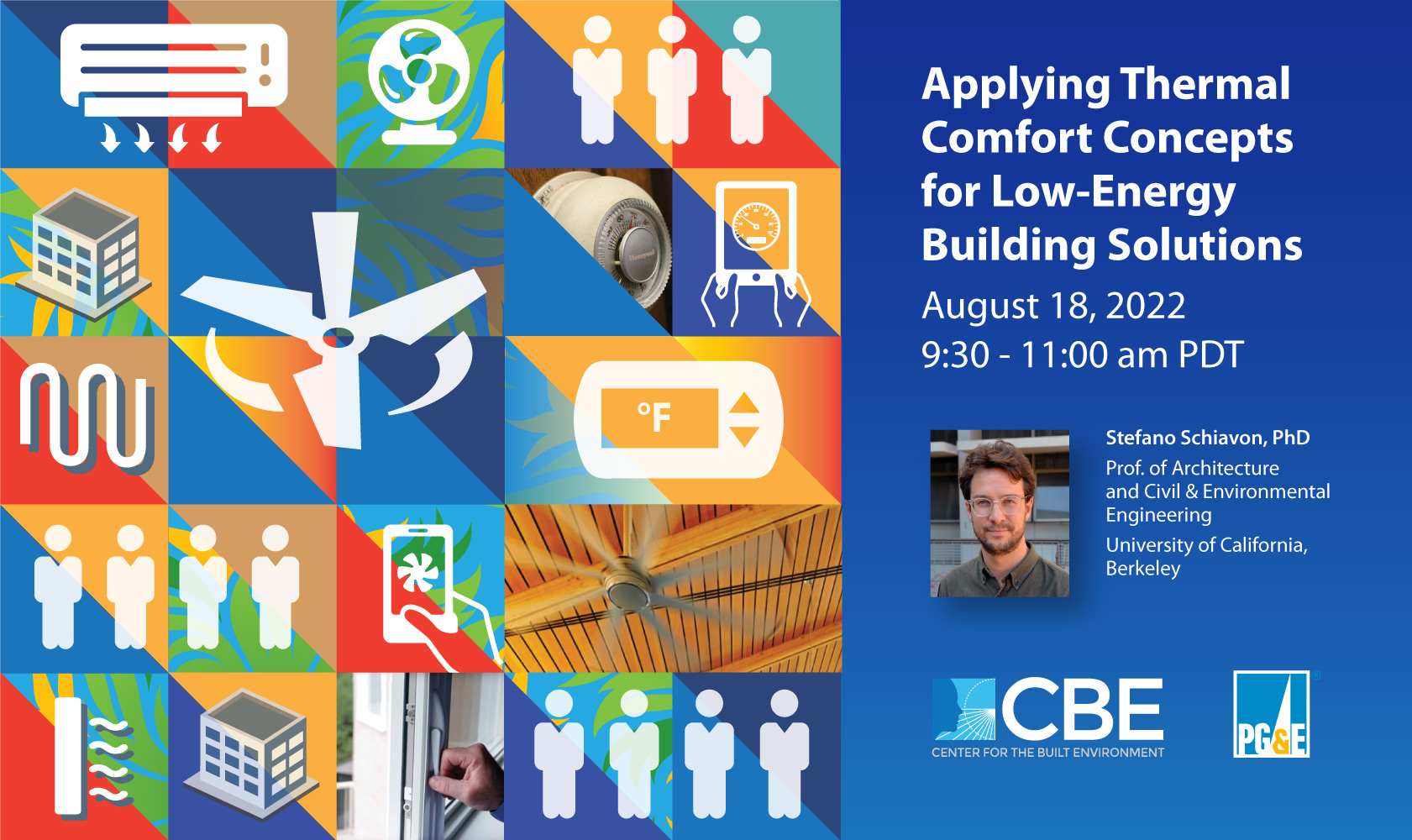
Applying Thermal Comfort Concepts for Low-Energy Building Solutions
August 18, 2022
Research shows that approximately 40 percent of commercial building users are dissatisfied with their thermal environments, achieving just half of the industry goal of 80 percent, and thereby representing one of the most bothersome aspects of indoor environments. This class covered key concepts of thermal comfort, how it can be improved, and how this knowledge can be used to create low-energy and comfortable buildings, including in buildings with radiant systems and ceiling fans that can provide equivalent or superior comfort.
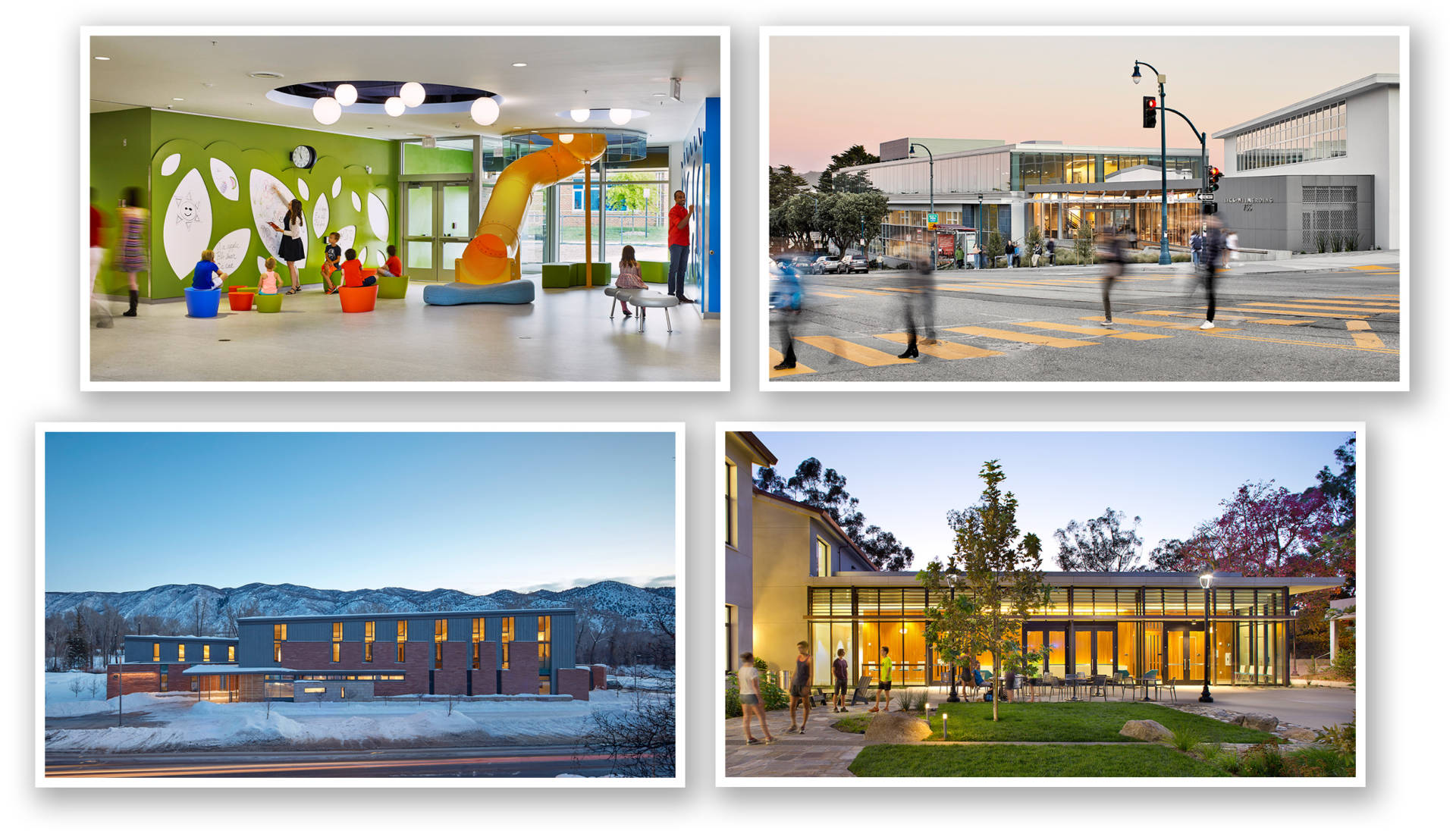
Sustainable and Successful: Case Studies from the Livable Buildings Awards
May 25, 2022
The Livable Buildings Awards recognize projects that demonstrate excellence in architecture, sustainability and occupant satisfaction. This award is unique as projects must qualify by meeting high standards as measured by the CBE Occupant Survey. This event featured design professionals who will discussed their design processes and client collaborations that led to the creation of livable and sustainable buildings, all demonstrating low- or net-positive performance.
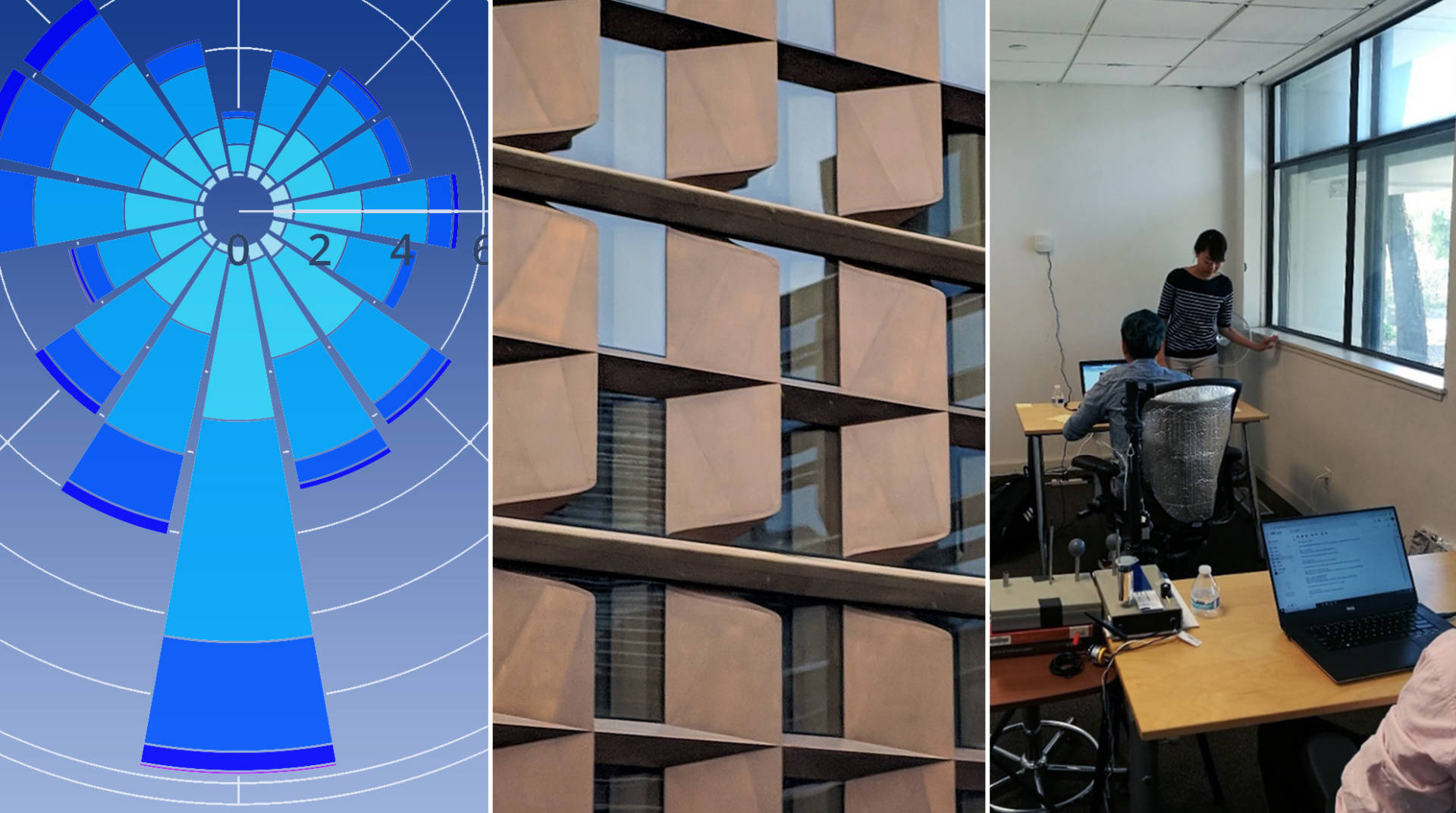
Design Tools, Methods and Case Studies on the Design of High-Performance Facades
December 1, 2021
The design of a commercial building facade may be one of the most complex challenges facing design professionals, as multiple and sometimes conflicting goals are brought into play: architectural expression, transparency, energy, comfort, cost and the combined effects of moisture, thermal and structural loads. This course featured three presentations on tools, methods, research findings and case studies to inform the design of advanced and high-performance facades.

Recent Insights on Building Science Research from UC Berkeley’s Center for the Built Environment
November 16, 2021
Faculty and researchers at UC Berkeley’s Center for the Built Environment are pursuing wide-ranging research with the goal of improving building energy performance, the quality of indoor environments and the effectiveness of workplaces. This course presented insights and findings from new research, with interesting implications for commercial building stakeholders.
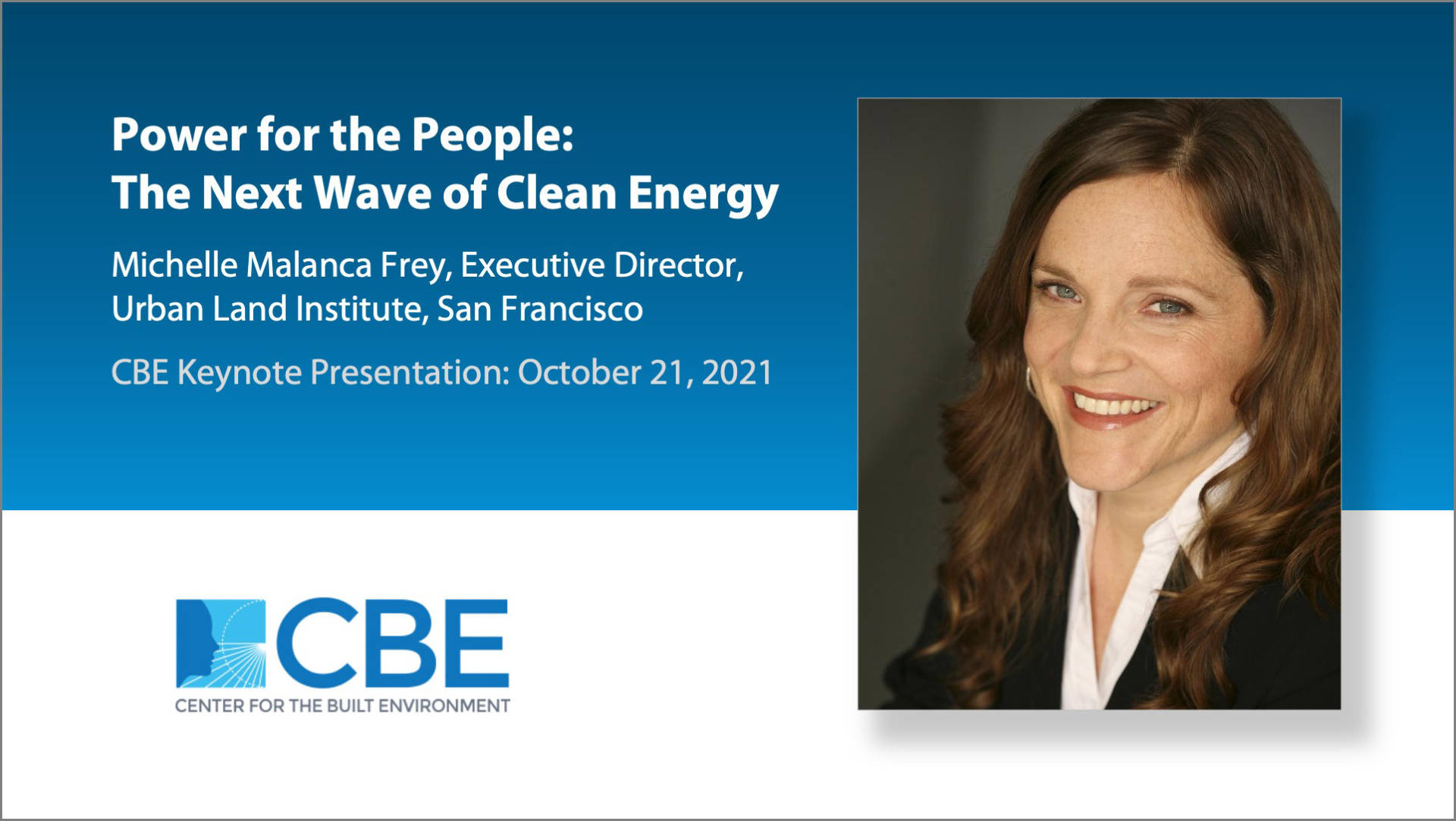
Power to the People: The Next Wave in Clean Energy
October 21, 2021
Michelle Malanca Frey was the keynote speaker for CBE’s Industry Advisory Board session in October 2021. In this talk she presents current trends and possible futures that lead towards building electrification, adoption of distributed energy resources, vehicle-to grid-integration, as well as creative branding concepts that may accelerate the adoption of these important technical and societal changes.
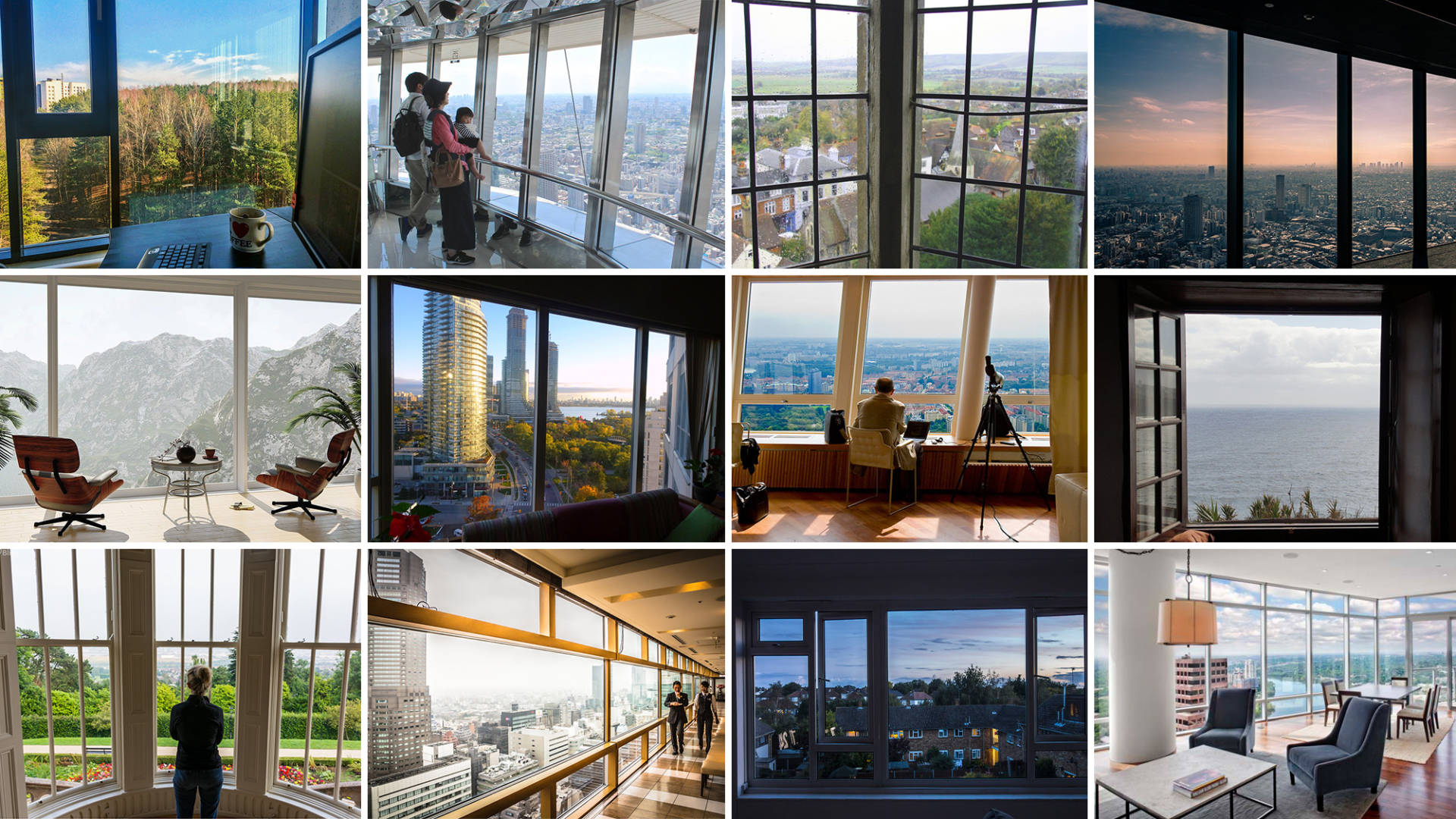
Symposium on Research and Design Practice Related to Window Views
October 13, 2021
Windows and view quality represent a vital field of study at the nexus of the building envelope, occupant experience and energy performance. Advancements in simulation technologies offer new integrated analysis workflows that combine the effects of view, daylight and thermal conditions to inform design decisions. Speakers included researchers, designers and other experts who will discuss significant research results, and help designers to adapt the research findings into building designs.
